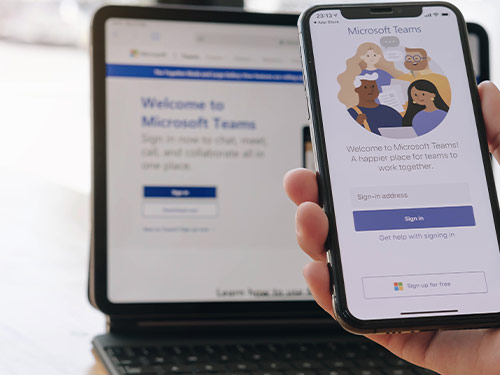HR and IT must collaborate to understand how employees engage with each other and encourage that employee engagement.
Many businesses have found themselves either redesigning an existing employee experience strategy or, in the absence of one, developing one from scratch to address the shifting workplace dynamics brought about over the last two years by the rise of work-from-home and hybrid work models. Such was the case for 52.3% and 26.6% of companies (respectively) that participated in Metrigy’s recent global research study on employee experience.
Enabling engagement is among the top four drivers for funding employee experience technology purchases. Nearly 59% of all companies and 69% of the most successful companies, as measured by revenue gain, operational cost savings, increased employee satisfaction, and greater retention, justified funding on this goal.
Funding around employee engagement speaks to two of the five core pillars Metrigy has defined as part of an employee experience strategy: 1) measuring employee engagement—and experience overall—and using the data to provide actionable insights to employees, and 2) encouraging engagement among employees. Let’s take a closer look at each of these pillars.
Continue reading on WorkSpace Connect





